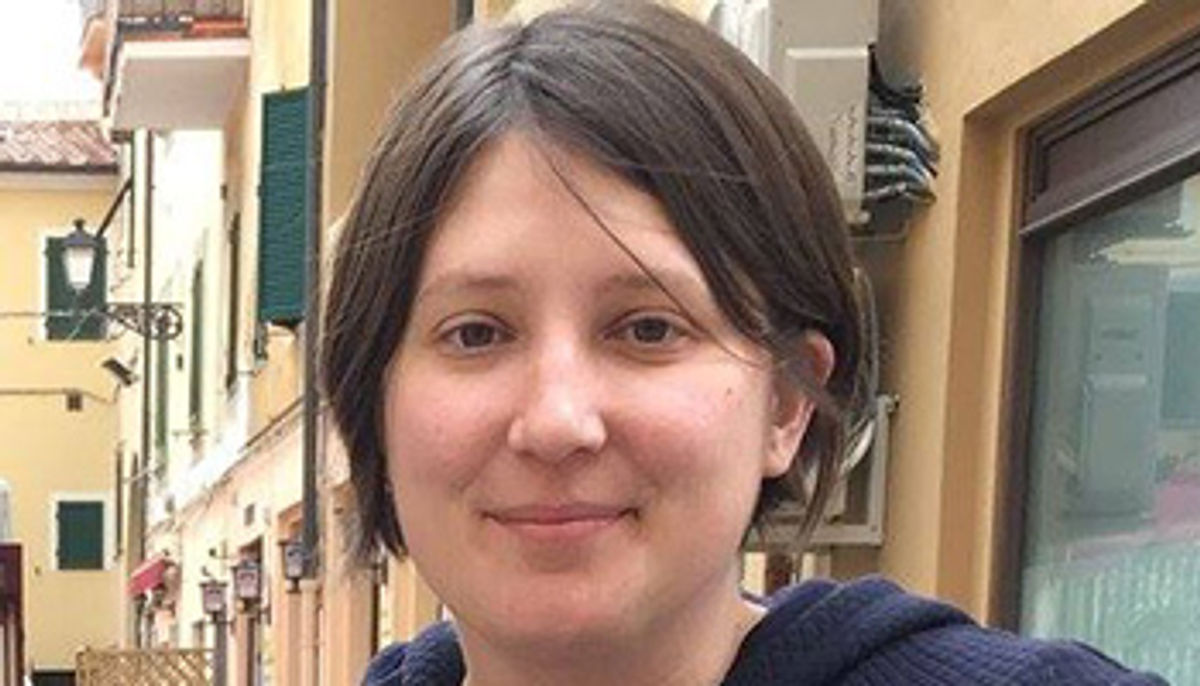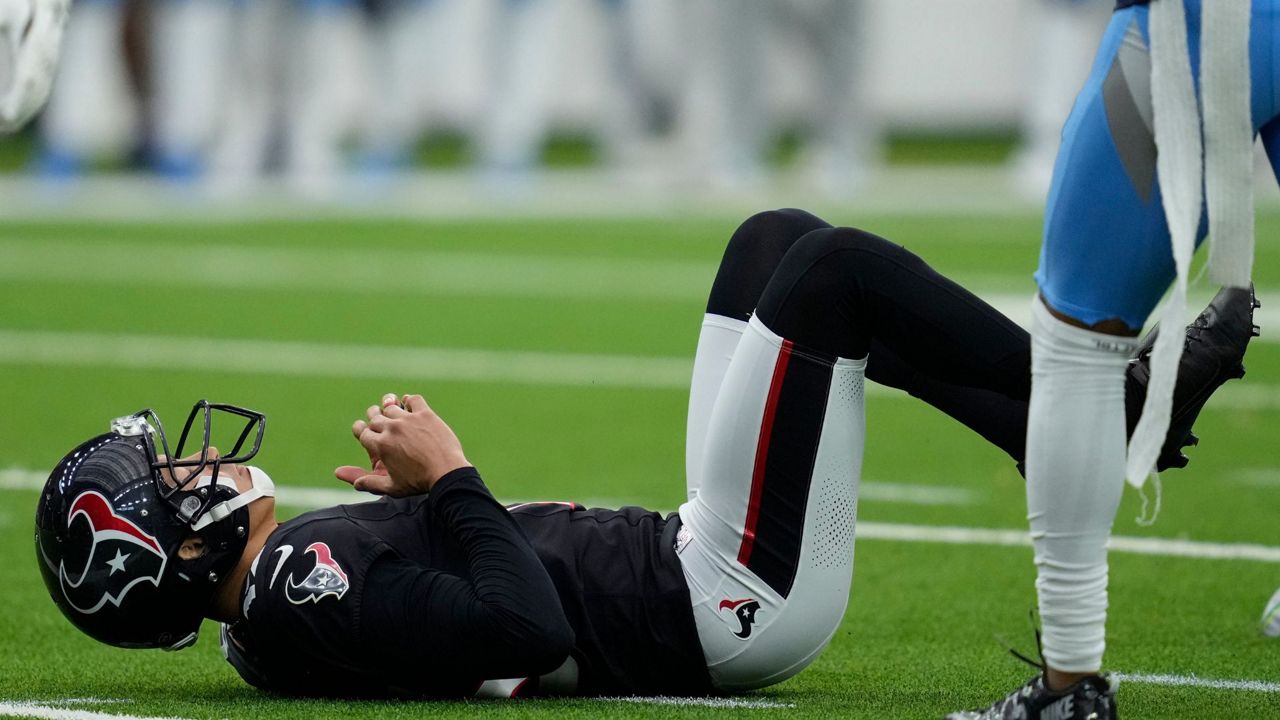When it comes to accessible travel, David Lyons-Black, a Vancouver-based affiliate of Travel Masters, is a true expert.
Lyons-Black’s first career was in politics, during which he traveled across Canada. That’s when he was bit by the travel bug. Years ago, when he moved to Vancouver from Toronto, he opted to go to travel school and became an advisor.
In 2006, he developed encephalitis, an infection that causes the brain to swell. He spent 19 weeks in the hospital. Lyons-Black has used a wheelchair since.
Initially, he was upset and thought he’d have to stop traveling. But a friend had recently moved to Chicago and challenged Lyons-Black to visit.
“I flew with my husband to Chicago, and then I flew home by myself,” Lyons-Black said. “Then I was like, ‘Wait a second, why am I worried about this? I can do this.'”
Today, Lyons-Black specializes in accessible travel.
Communication and adaptability
“When you’re traveling in a wheelchair you have to be a little more adaptable, and you have to have a lot of patience,” he said.
It’s also all about communication.
“What happens, if we don’t communicate to the airlines or the cruise lines or the tour operators, it’s where everything goes wrong,” he said.
There are frustrating parts to traveling as a wheelchair user.
For one, Lyons-Black pointed to overly thick carpets, like he saw on a cruise ship he recently toured; they make it difficult to navigate.
He also recently had an incident with an airline in which he was provided an aisle chair with no seatbelt. And, in another recent incident, an airline wanted him to board last despite protocols because the flight was running late, and the aisle chair hadn’t arrived at the gate. He refused.
“I am not going to be gawked at and be a spectacle,” Lyons-Black said. “There’s a reason people who need assistance go on first and off last. I was angry. My spouse was angry. My BDM was angry.”
Overall, though, Lyons-Black said the industry is getting better at accommodating wheelchair users and others with mobility issues.
“But,” he said, “we have to keep going forward. We have to keep the conversation going.”
Building client comfort
As a travel professional, he works with suppliers to ensure clients have the best experience possible.
For other advisors who have clients who use wheelchairs or other mobility devices, Lyons-Black encouraged open communication with the person with mobility issues.
“Make sure you communicate with the wheelchair user, not the spouse or the partner or the travel companion,” he said.
And don’t be afraid to ask questions that might be perceived as uncomfortable. Every travel party has differing needs, and it’s important that an advisor understand what those are to ensure smooth travels.
“You have to ask those questions, and you have to get uncomfortable to get comfortable,” he said. “Once you get over that, your clients are there for life. They will stick with you.”










